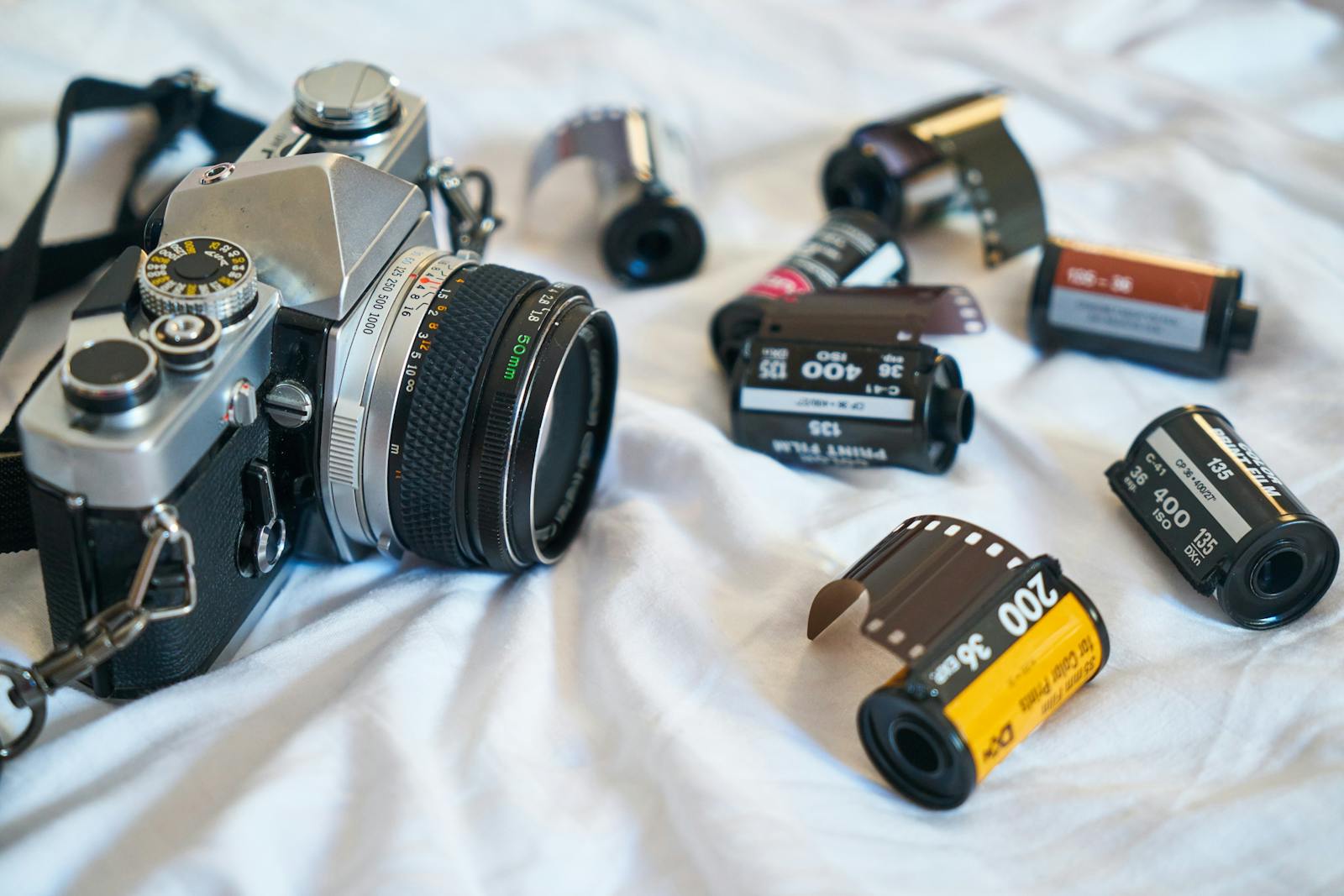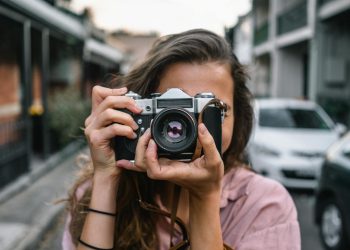There’s a moment in nature photography when time seems to pause. A bird lifts off from a branch, its wings caught mid-beat. The light pours through morning mist, draping a forest in gold. A fox pauses in the snow, locking eyes with the photographer for a heartbeat before vanishing into the white. These are not just pretty pictures—they are intimate moments with the natural world. Capturing them requires more than a fancy camera or technical know-how. It requires patience, intuition, humility, and a sense of reverence. Nature photography, at its core, is a relationship between the observer and the wild.
As the climate changes and ecosystems face mounting threats, nature photography also plays a critical role in conservation. Each image has the power to tell a story, to make a viewer care, to inspire protection. But getting that perfect shot is a practice that blends artistry, skill, and ethics. Whether you’re a hobbyist wandering through a local park or an aspiring professional hoping to document rare wildlife, understanding the heart of nature photography will elevate both your experience and your work.
1. See First, Then Shoot
One of the biggest mistakes novice photographers make is rushing to click. True nature photography begins with observation. Before you even lift your camera, spend time simply watching. Where is the light coming from? What behaviors are the animals exhibiting? What patterns do you notice in the wind, the water, or the movement of insects? Some of the best shots are born not from chasing a subject, but from waiting quietly for it to come to you.
This is especially true in wildlife photography. Animals can sense your energy. If you move too quickly or loudly, you’ll likely miss the moment. Slow breathing, gentle footsteps, and staying low to the ground all help create a non-threatening presence. Blend into the environment, and it will slowly open itself up to you.
2. Know Your Equipment, Know Your Environment
It’s easy to be seduced by the latest camera gear—fast lenses, long zooms, rugged tripods. But the best camera is the one you know how to use instinctively. Learn the settings so well that you can adjust them without taking your eyes off your subject. In the wild, moments are fleeting. If you’re fiddling with buttons, you’ll miss them.
Equally important is researching the environment you’ll be photographing. Study the animals or landscapes beforehand. What time do the birds feed? When does the tide roll in? What angle does the sunset light hit the valley? Understanding the rhythms of nature allows you to anticipate the magic before it happens.
3. Light Is Everything
Lighting transforms a simple scene into something magical. Early morning and late afternoon—what photographers call the “golden hours”—offer soft, directional light that adds depth and mood to photos. Midday light, especially on sunny days, can be harsh and flat, washing out colors and shadows. But don’t shy away from overcast days. Diffused clouds can make colors pop and reduce shadows, making them ideal for macro photography or forest scenes.
Use light creatively. Backlighting can highlight the fuzz on a bee’s body or the translucence of a leaf. Side lighting adds drama to a landscape. Pay attention to how light interacts with water, fog, and foliage. Sometimes a shift of a few feet can make all the difference in how the light hits your subject.
4. Tell a Story, Not Just a Scene
A technically perfect photo isn’t necessarily a memorable one. The best nature photographs evoke emotion or curiosity. They raise questions. What’s the fox looking at? Why is that tree leaning over the river like that? They tell a story.
Framing plays a crucial role in storytelling. Consider your composition—use leading lines, foreground interest, and framing elements to draw the viewer’s eye. Capture interaction: a bear fishing in a stream, a bird feeding its chicks, a flower blooming through snow. Look for contrast, both visual and emotional—vibrant color against a muted background, stillness beside motion.
5. Practice Ethical Photography
Nature photography is not just about taking—it’s also about giving back. Be mindful of your impact. Never bait animals for a photo, trample delicate plants, or disturb nesting sites. Follow local and global conservation guidelines, and when in doubt, back away.
Use your work to educate and inspire. Share the story behind your images. Support or donate to conservation causes. Photography is a powerful advocacy tool—what you choose to capture and how you present it can help shift perspectives and fuel change.
6. Patience Is a Superpower
Some of the most iconic nature photos took hours—sometimes days—to capture. A single image might require hours of sitting still in a blind, enduring cold or heat, or returning to the same spot day after day. But therein lies the beauty: nature photography slows you down. It asks you to be present, to really see.
This patience often yields more than just a good photo. It offers a sense of connection. Watching a butterfly land on your sleeve after an hour of stillness, or hearing the rustle of deer in the brush just behind you—these are gifts few get to experience.
7. Adaptability Trumps Perfection
No matter how much planning you do, nature is unpredictable. The bird doesn’t show up. The sunrise is blocked by clouds. Your lens fogs in the humidity. This is where mindset matters. Flexibility and curiosity go a long way. If your original plan doesn’t work, look for other opportunities. Sometimes the “plan B” shot ends up being the best one of the day.
Learning to embrace the unexpected can lead to more authentic, serendipitous images. It’s also what keeps nature photography endlessly rewarding—no two outings are ever the same.
8. Practice with Purpose
Like any art form, photography improves with practice. Set yourself challenges: shoot only in black and white for a day, focus on reflections, or document a single tree throughout the seasons. These constraints can push your creativity and sharpen your eye.
Regular practice also helps develop your own style. Over time, you’ll begin to see what excites you—whether it’s intimate portraits of insects or sweeping mountain vistas. Your portfolio becomes not just a collection of images, but a reflection of how you see the natural world.
9. Respect the Process
Not every outing will yield great photos. Some days the weather won’t cooperate or the wildlife will stay hidden. That’s okay. Nature photography is as much about the experience as it is about the result. Let go of the pressure to “get the shot.” Sometimes just watching the fog roll over a lake is reward enough.
When you do get a beautiful image, take time to process it thoughtfully. Use editing tools to enhance, not fabricate. Bring out the natural beauty of the scene without altering its essence. Let your edits reflect the story you want to tell while remaining true to what you witnessed.
10. Share with Care
In the age of social media, sharing your images is easier than ever—but it comes with responsibility. Avoid geotagging sensitive locations that might be damaged by crowds. Use captions to educate, not just entertain. Give credit to the land, to the animal, to the moment. Your photo may be beautiful—but its real value lies in what it makes others feel and do.











